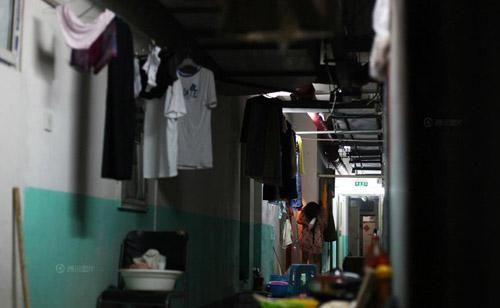【背景】
地下空间整治是市政府重点工作任务。在过去三年整治的基础上,北京市已经启动新的为期三年的地下空间综合整治,将持续到2017年12月。据摸排统计,本市散租住人和存在重大安全隐患的地下空间共3125处,居住人口达11.91万人。
【新闻】
请看《中国日报》的报道
Beijing will continue its 3-year campaign to cope with about 119,100 people living in thousands of risky underground facilities, according to Beijing Daily.
据北京日报报道,北京有11.91万人住在数千间存在安全隐患的地下空间内,北京将继续为期三年的地下空间综合整治行动。
【讲解】
risky underground facilities是存在安全隐患的地下空间。
据摸排统计,本市散租住人和存在重大安全隐患的地下空间共3125处,其中有932处人防工程(civil air-defense constructions)和2193处普通地下室(regular residential basements)。
北京宣布于2014年末至2017年12月集中治理对现存散租住人和重大安全隐患地下空间的违法违规使用(illegal use of underground space)行为,杜绝新增违法违规使用,全面消除安全隐患(potential safety problems)。
北京将利用科技(employ technology)和现有政府公共安全管理平台和资源(current government public security resources)加强地下空间的管理(improve the management of underground space)。同时还将充分利用地下空间为城市建设和居民生活服务,引导地下空间使用向公益便民方向转变(transform the function of underground space from dwelling to philanthropic)。
数据显示,自2014年10月以来,北京已完成地下空间整治(administration of underground space)353处(locations)、32.5万平方米(square meters)。
北京市人口超过2100万,面临着空间有限(limited space)以及经济适用房需求高(high demand for affordable housing)等问题。因此许多人选择居住在共用浴室(communal bathrooms)和厨房(shared kitchens,共用厨房)的地下室。

可可原创,未经许可请勿转载












